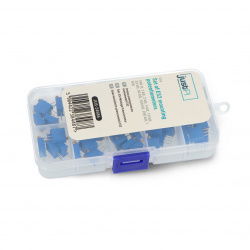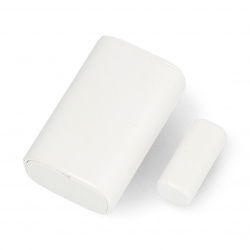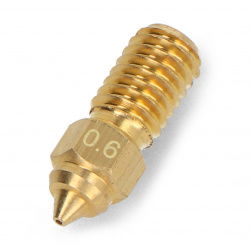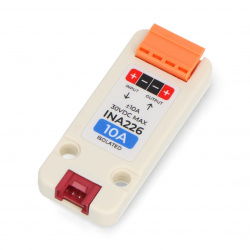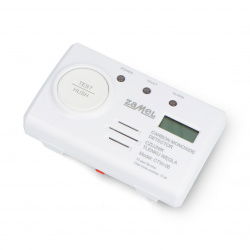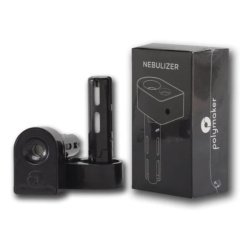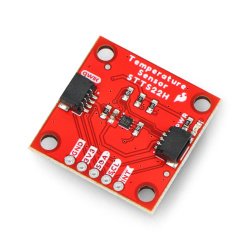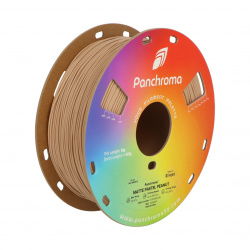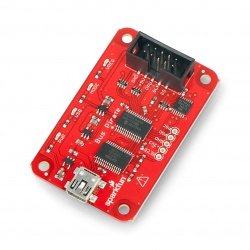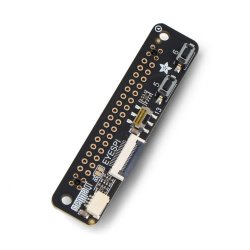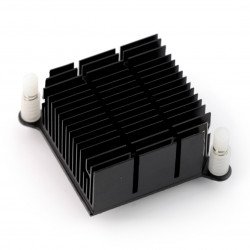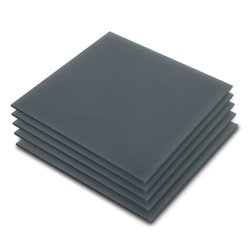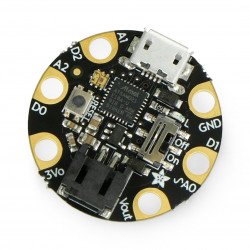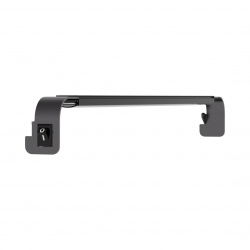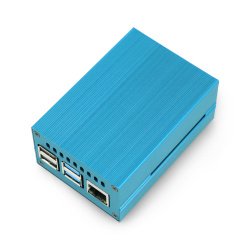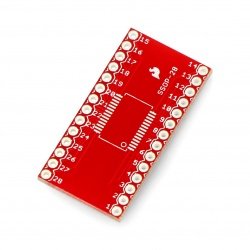Raspberry Pi 2 A+ – a compromise between the smallest board and the full-size version
The Raspberry Pi Model A+ is not the smallest board but also is not part of the full-size version of the Raspberry B. There are fewer connectors, but the board size is much smaller, which for some people is a huge advantage and certainly makes up for the loss of connectors. There is one USB A socket at your disposal, as well as a 3.5 mm jack socket. You can use full-size HDMI, as well as a socket to connect an LCD display and camera. There was also a 40-pin GPIO goldpin. The computing power of Raspberry Pi 2 A+ is satisfactory for a user who will be using it for medium-advanced projects. It uses BCM2835 SoC chip, ARM11 76JZF-S core clocked at 700 MHz and 512 MB RAM. Raspberry Pi 2 A+ is powered by a micro USB socket. So as you can see, this version is something more than Raspberry Pi Zero, but still slightly less than Raspberry Pi B.
Raspberry Pi 2 B – the beginning of more efficient architecture
The premiere of Raspberry Pi 2 B in 2015 was a landmark moment for Raspberry. The new ARMv7-A architecture, which replaced ARMv6Z, used in previous models, has attracted attention. There were also huge changes in performance, thanks to, among others, four Cortex-A7 cores, clocked at 900 MHz. From that moment on, users could also use the increased RAM; they received as much as 1 GB from Raspberry manufacturer. What did that mean in practice? Above all, smoother work, which affects both the comfort of use and the quality of projects, especially the most ambitious ones. The larger RAM meant a much better performance with multiple applications running simultaneously.
Several months later the second edition of Raspberry Pi 2 B appeared. It is a proposal for those who particularly appreciate computing performance because in this case we could also observe its clear increase. It was possible thanks to Broadcom BCM2837 chip with ARMv8-A architecture. Another surprise and novelty was support for 64-bit systems, which did not appear in earlier models offered by the manufacturer. The architecture was so perfect that it was decided to leave it in use until 2019 when it was replaced by the new ARM Cortex-A72, a distinctive feature of Raspberry Pi 4 B.
When we look at the microcomputer manufacturer's offer, we can say that the manufacturer thought of both amateurs and professionals. Raspberry Pi 2 A will appeal to those who appreciate mobility, small board size, but also relatively high functionality. If computing performance is your priority, then opt for Raspberry Pi 2 B, especially in its second version.






























































































































































































































































































































